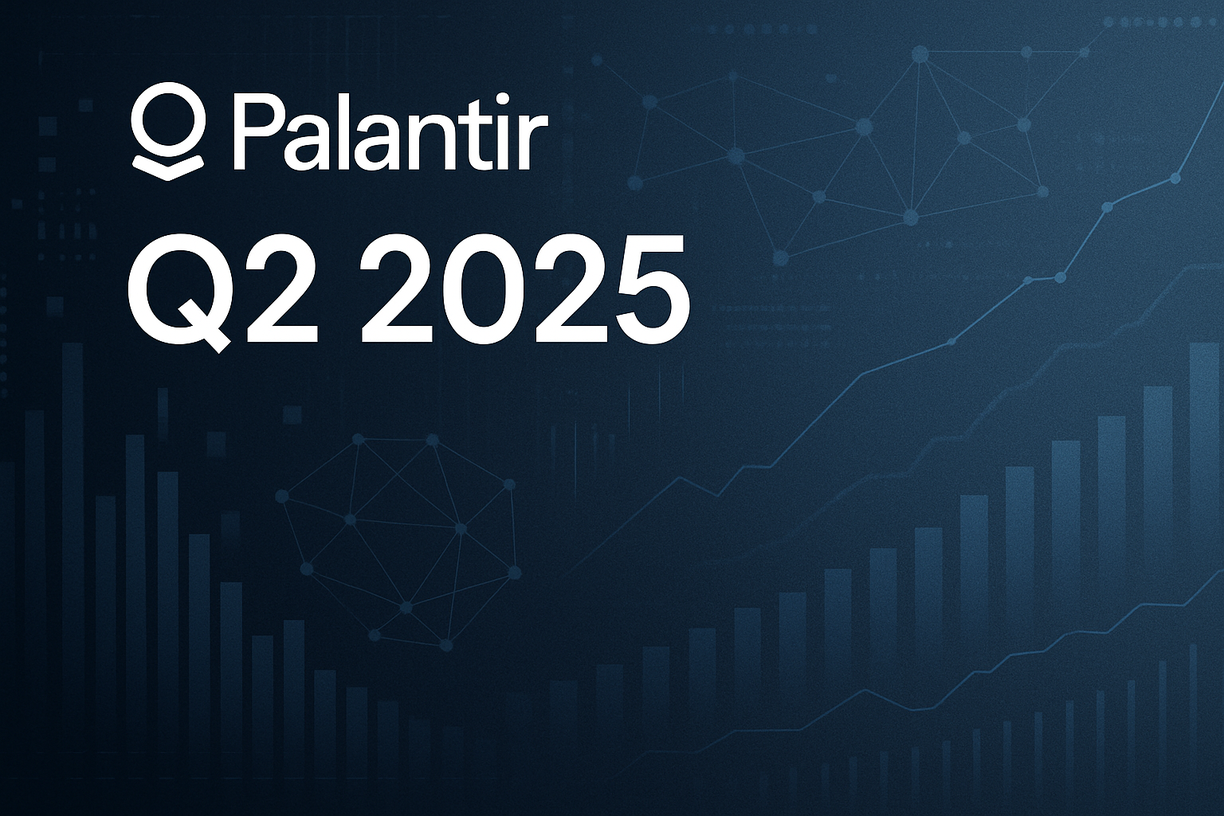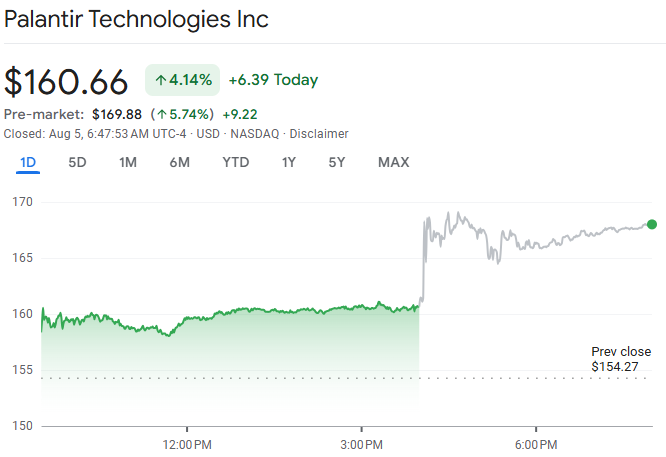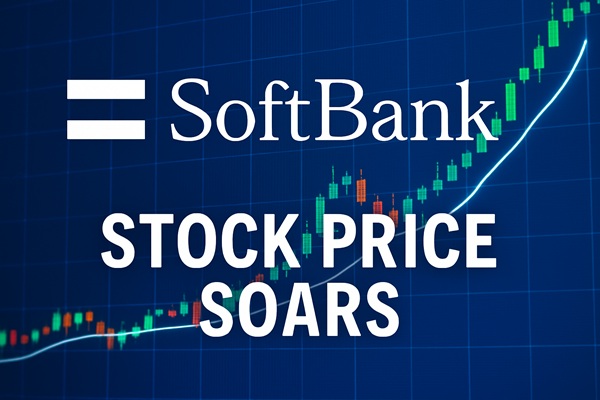Palantir Technologies has long been at the crossroads of data, security, and emerging artificial intelligence. This week, the company smashed Wall Street's expectations yet again, posting its first-ever billion-dollar quarter and ramping up its guidance for 2025. Investors cheered. But now the question on everyone's mind is: do these stellar results actually mean Palantir's celebrated AI platforms will unlock even greater upside from here?
Palantir's Q2 2025: Breaking Records

Let's start with the numbers. Palantir's Q2 2025 revenue surged 48% year-on-year to $1.02 billion, handily beating analyst estimates of about $980 million. The company's net income rose 144% to $326 million, while adjusted earnings reached $0.16 per share—both far above forecasts.
What's most remarkable is that these results were driven by both new and existing lines of business:
-
U.S. government revenue: Up 53% year-over-year to $426 million.
-
U.S. commercial revenue: Up an astonishing 93% to $306 million, showing Palantir's deliberate push into the private sector is working.
AI Platform (AIP): Cited as the main growth engine, with CEO Alex Karp hailing an “astonishing AI impact” and a company “rule of 40” score—a sign of strong growth plus profits, of 94%.
Palantir also raised its 2025 revenue guidance to between $4.14–$4.15 billion, up from an earlier range of $3.89–$3.90 billion. The company closed 66 contracts worth at least $5 million and 42 contracts over $10 million—a huge acceleration in deal-making.
AI Demand: What's Driving the Boom?
Much of Palantir's momentum comes from surging demand for its Artificial Intelligence Platform (AIP). This platform, which allows both governments and businesses to adopt powerful AI and data analytics quickly, is now at the heart of many big contracts, including a $10 billion US Army deal announced this summer.
-
Commercial adoption is expanding rapidly, especially among healthcare, energy, and financial firms aiming to automate processes, reduce costs, and boost security through AI tools.
Palantir's work on new “Generative AI” solutions gives clients user-friendly ways to unlock insights, making AI adoption more practical than ever before.
Market Reaction and Investor Sentiment

Palantir's share price jumped 2–4% after the Q2 results, hitting an all-time high. The stock has more than doubled year-to-date and now boasts a market capitalisation above $379 billion. Analysts call Palantir one of the S&P 500's top performers for 2025.
But with the stock now trading at 276 times earnings, some on Wall Street caution that Palantir is priced for perfection. Much like other high-flying “AI narrative” stocks, even a small stumble on growth or guidance could cause big swings in the share price. Notably, Palantir insiders, including its CTO, have sold nearly $370 million in company stock over the past year, possibly signaling some caution.
Risks to Watch
-
Valuation risk: Palantir trades at a much higher price-to-earnings ratio than tech giants like Microsoft and Google, making it sensitive to any finicky changes in AI demand or government budgets.
-
Contract concentration: While commercial growth is roaring ahead, government contracts remain a big portion of revenue. Any shift in policy or budget tightening could affect future numbers.
Competition heating up: With Microsoft, Google, and open-source alternatives racing into the same generative AI market, Palantir must defend its technological edge and keep innovating.
Forward Guidance: Room for More AI Upside?
Based on Q2's results and a raised full-year forecast, Palantir clearly sees continued strong AI-driven momentum. CEO Alex Karp says the next goal is to scale the business tenfold, using a mix of automation, deep learning, and large language models to cement the company's lead in government and commercial AI.
Key signals for more AI upside:
-
Commercial revenue outpacing government for the first time would show Palantir is transforming from a niche contractor to a broad-based AI enterprise.
-
New, multi-billion-dollar deals in healthcare or international markets would prove that Palantir's AI isn't just a U.S. government story but a truly global one.
Sustained 40%+ top-line growth and margin improvement would confirm that AI demand isn't a flash in the pan.
So, does Palantir's Q2 2025 earnings signal more AI upside?
Short answer: Yes—but with a caveat. The numbers undeniably show that AI is a rocket booster for Palantir's business, and management's confidence is backed by real wins in both the government and corporate arenas. Yet, because market expectations are now sky-high and competition is fierce, the path forward will require continued outperformance and flawless execution to justify those lofty valuations.
Disclaimer: This material is for general information purposes only and is not intended as (and should not be considered to be) financial, investment or other advice on which reliance should be placed. No opinion given in the material constitutes a recommendation by EBC or the author that any particular investment, security, transaction or investment strategy is suitable for any specific person.








